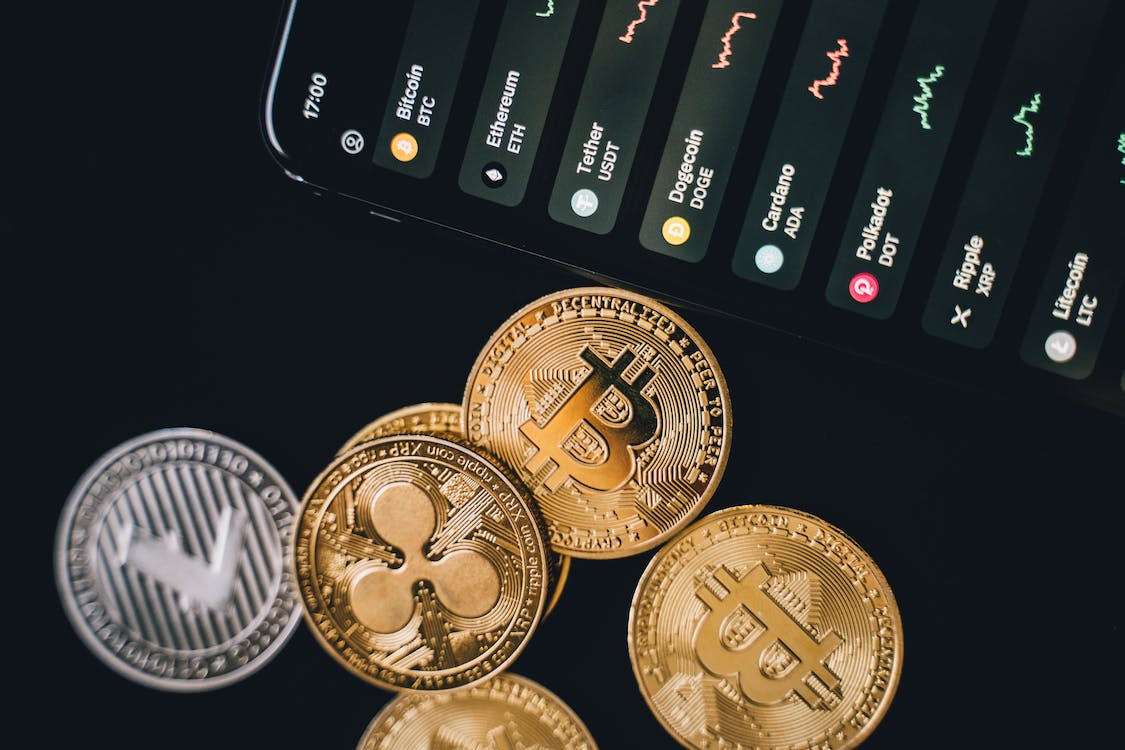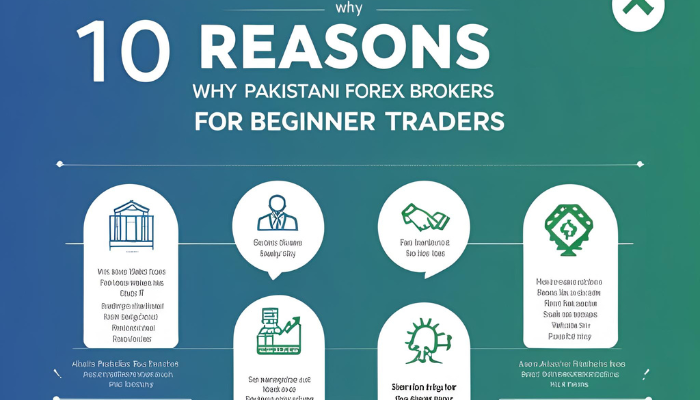The foreign exchange market, or forex market, is where currency pairs trading takes place. In the financial industry, it is the largest and most liquid market. It is possible to purchase, sell, exchange, and trade currencies on this market. For international trade and investment, it also makes currency conversion possible. If you are wondering about currency pairs and their characteristics, then congrats you are at the right site.
What Does “Currency Pair” Mean?
A currency pair is a quotation of two distinct currencies, where one currency’s value is expressed concerning the other. A currency pair’s base currency is the first stated currency, while its quote currency is the second one.
The value of the base currency (also known as the first currency) and the quote currency are compared in currency pairs. It shows how many units of the base currency must be exchanged for one quote unit. Therefore, USD would be the ISO code for the US dollar.
How do Currency Pairs Operate?
Foreign currency pairs have floating exchange rates. Because of this floating rate, the exchange rate is always fluctuating. Numerous variables may have contributed to these alterations. The purpose of currency pairings is to establish the value of one in relation to another, and the exchange rates will change over time in response to the varying values of the two currencies. A stronger currency will always keep its value than a weaker one.
The base currency is an element in the calculations used to determine exchange rates between foreign currency pairs. An example listing of currency pairs may read EUR/USD 1.3045. The U.S. dollar (USD) is the quote currency in this case, with the euro (EUR) serving as the base currency. One euro will exchange for 1.3045 U.S. dollars in this scenario. In other words, the value of the foreign currency is multiplied by the base currency to arrive at its equivalent value.
Currency Pairs and Forex Trading
Based on the bid (buy) and ask (sell) prices, currency pairings are quoted. In exchange for the quote or counter currency, the forex broker will purchase the base currency from you at the bid price. The price at which the broker will sell you the base currency in exchange for the quote or counter currency is known as the ask, also known as the offer.
In every forex transaction, one currency is simultaneously bought and sold, but the currency pair itself can be viewed as a single unit—an item that is bought or sold. You purchase the base currency and sell the quote currency when you purchase a currency pair from a forex broker. On the other hand, if you sell the currency pair, you receive the quote currency instead of the base currency. Here we have an overview of major, minor, and exotic currency pairs. Let’s get into it.
Major Currency Pairs
The euro and the US dollar denoted as EUR/USD, is a frequently traded currency pair. Because it is the most often traded, it is the most liquid currency pair globally. One euro is exchanged for 1.2500 U.S. dollars, as indicated by the quote mark EUR/USD = 1.2500. EUR serves as the base currency in this scenario, whereas USD serves as the quote currency (counter currency). It indicates that you can trade 1 euro for 1.25 USD. To put it another way, it will cost you $125 to purchase 100 euros.
There are different currency pairs and their unique characteristics. The total number of currency pairs fluctuates as new and old currencies enter and exit the market. The volume of each currency pair’s daily trading is used to classify all currency pairs. The major currencies are those with the highest number of transactions against the US dollar.
Examples of Major Currency Pairs and Their Unique Characteristics
• USD/JPY or the dollar against the Japanese yen. The Japanese yen is a really odd currency that has the potential to move against all other significant pairs. It is a safe-haven asset, therefore it is likely to fall in value during crises and rise in value during periods of rising stock market dynamics. The Asian session is when the pair is most active.
• EUR/USD or the euro against the dollar GBP/USD or the British pound against the dollar. Here, the currency pair’s trade volume is at its highest, with a tiny spread and average volatility. It reacts passionately to news in the Eurozone and is most active during the European and American sessions.
• The Swiss franc in relation to the dollar (USD/CHF). It often moves peacefully and has a tiny spread; it goes against the euro/dollar pair. Since the Swiss franc is a safe-haven currency, the pair may decline during times of crisis. The American and European sessions are when it is busiest.
• AUD/USD, which compares the Australian dollar to the US dollar The behavior of these currency combinations is quite similar. They typically maintain their composure under the effect of metal and powdered milk costs.
• USD/CAD, which compares the US dollar to the Canadian dollar. As a commodity currency, the CAD moves in tandem with changes in oil prices. The pair is dragged down by oil’s increase, while it is propelled forward by oil’s decline. The American session is when it’s busiest.
Minor Currency Pairs
Minor currencies or crosses are names for currency pairs that are not linked to the US dollar. Although the markets for these pairs are not as liquid as those for the majors and have slightly wider spreads, they are nevertheless fairly liquid. The currency pairs with the highest volume of trading are those in which the individual currencies are also majors.
Examples of Minor Currency Pairs
• Crosses like EUR/GBP
• GBP/JPY
• EUR/CHF
Exotic Currency Pairs
Emerging market currencies are included in exotic currency pairs. These pairs have significantly larger spreads and less liquidity.
The group of pairs referred to as “exotic pairs” are in addition to the major and minor forex pairs. In these combinations, a major currency—such as the USD, EUR, GBP, or JPY—is combined with a minor currency that sees little trading activity on the foreign exchange market.
These pairings have lower trading activity and less market depth, which causes spreads to be greater. These pairs consequently have a significant level of risk when traded, hence the phrase “exotic pairs”. Most regular traders steer clear of exotic pairings because of their high level of risk, uncommon trading opportunity, and heightened volatility; yet, when traded by experienced traders during the right time of year, exotic pair trading has the potential to provide significant profits.
These pairs’ have high volatility results from the combination of a powerful major currency and a more volatile and developing currency.
Examples of Exotic Currency Pairs
The USD/SGD (U.S. dollar/Singapore dollar) currency pair is an illustration of an exotic currency pair.




